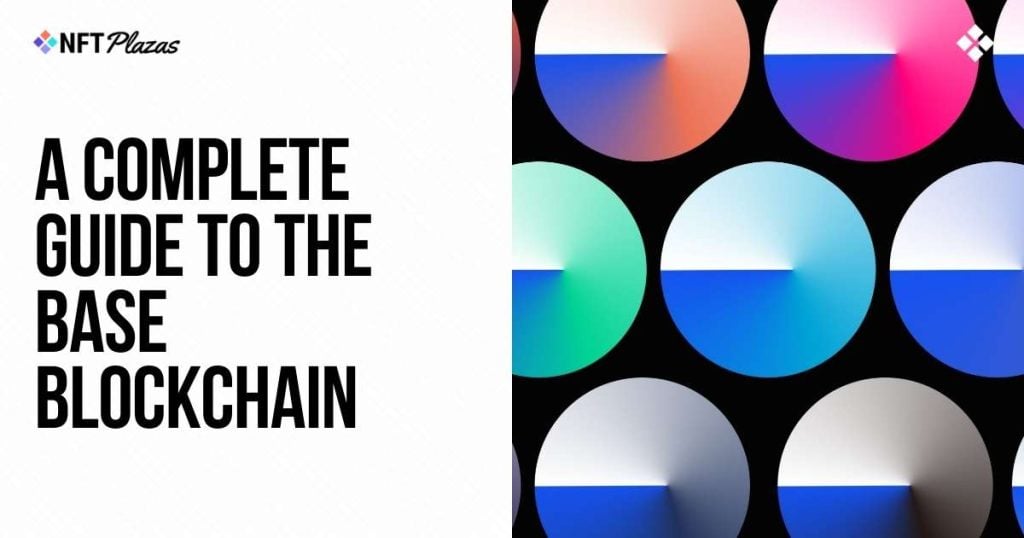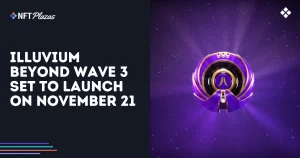A Complete Guide to the Base Blockchain

Ethereum (ETH) is a crucial part of the blockchain ecosystem. As the de-facto home for a huge range of decentralized applications (dApps) and smart contracts, it has enabled the decentralized finance (DeFi), non-fungible token (NFT) and blockchain gaming spaces to flourish into what they are today.
In spite of its importance, Ethereum does have its issues – namely around transaction speed, transaction cost, and scalability.
Layer-2 blockchains have become significant in addressing these issues for Ethereum. By processing transactions away from the main Ethereum blockchain – whilst still using its security – Layer-2 blockchains aim to speed up transactions, lower costs, and facilitate high transaction throughput.
One of the fastest-rising Layer-2 solutions is Base. Built using the OP Stack developed by Optimism, Base is looking to tackle the issues of Ethereum and then some, making Ethereum a truly future-proof blockchain. Here’s our complete guide to the Base blockchain.
What is Base?
Base is a Layer-2 blockchain developed by the team behind Coinbase, a leading centralized cryptocurrency exchange.
It’s designed with usability as a top priority, and unlike many other blockchain projects, Base does not have a native token. Instead, it uses Ethereum’s native token (ETH) for gas fees, strengthening the core focus of Base, and helping to avoid the potential risks, misalignments and fake token scams associated with token offerings.
Base is designed to be decentralized, permissionless, and open to anyone. By leveraging the OP Stack from Optimism, Base ensures near-zero gas fees, fast transactions, and enhanced security – on top of that provided through Ethereum.
Some of the biggest projects currently supporting Base include OpenSea, Uniswap and Galxe.
In recent months, Base has become a leading option for web3 game developers, striking partnerships with several upcoming blockchain titles, including Pixelmon, Planet Mojo, and Atari’s arcade classic re-releases.
How Base Works
Base operates as an optimistic rollup, a technology that processes transactions off-chain in batches, significantly reducing costs and network stress.
Transactions happen on Base, and are collected together to be completed on the Ethereum mainnet. This ensures that Ethereum’s security and decentralization benefits are maintained.
Optimistic rollups, such as Base, assume transactions are valid by default, meaning they don’t require extensive computations initially, keeping costs low. However, the system includes a fraud-proof mechanism that verifies suspicious transactions, keeping the network secure.
Fully funded by Coinbase, Base is built with a focus on advancing technology rather than generating profits. Strategic partnerships and the high quality of projects on display in its ecosystem prove this, showing that it is dedicated to new ideas.

The History of Base
Base’s journey began in early 2023 when Coinbase announced it would be creating its own Ethereum Layer-2 blockchain.
The Base testnet was launched soon after, helping developers to create dApps for Base. The Base mainnet officially went live in August 2023.
Thanks to its close ties with Coinbase, Base has gained ample traction in the past 12 months. One of the first Base products to see widespread use was the Coinbase Learn-to-Earn program, an online platform that rewards users for learning about blockchain technology.
Several major projects, marketplaces and tools have either migrated to or have begun to support Base, taking advantage of its low fees, high transaction speeds and ample financial backing.
Over the past few months, the Base team have made a concerted effort to attract top blockchain games to its chain. On top of Pixelmon, Planet Mojo and Atari migrating to Base, NPC Labs – a startup created by three ex-Coinbase employees – has raised $21 million USD to accelerate web3 gaming developments on Base.
With its unique no-native-token approach, Base represents a significant step in Layer-2 solutions helping to fix the inherent issues of the Ethereum blockchain.. Its entry into web3 gaming marks an exciting new chapter for the sector – and with blockchain games experiencing a renaissance as of late, it’ll be interesting to see how Base stacks up against competitors such as Immutable, Polygon and Ronin.










